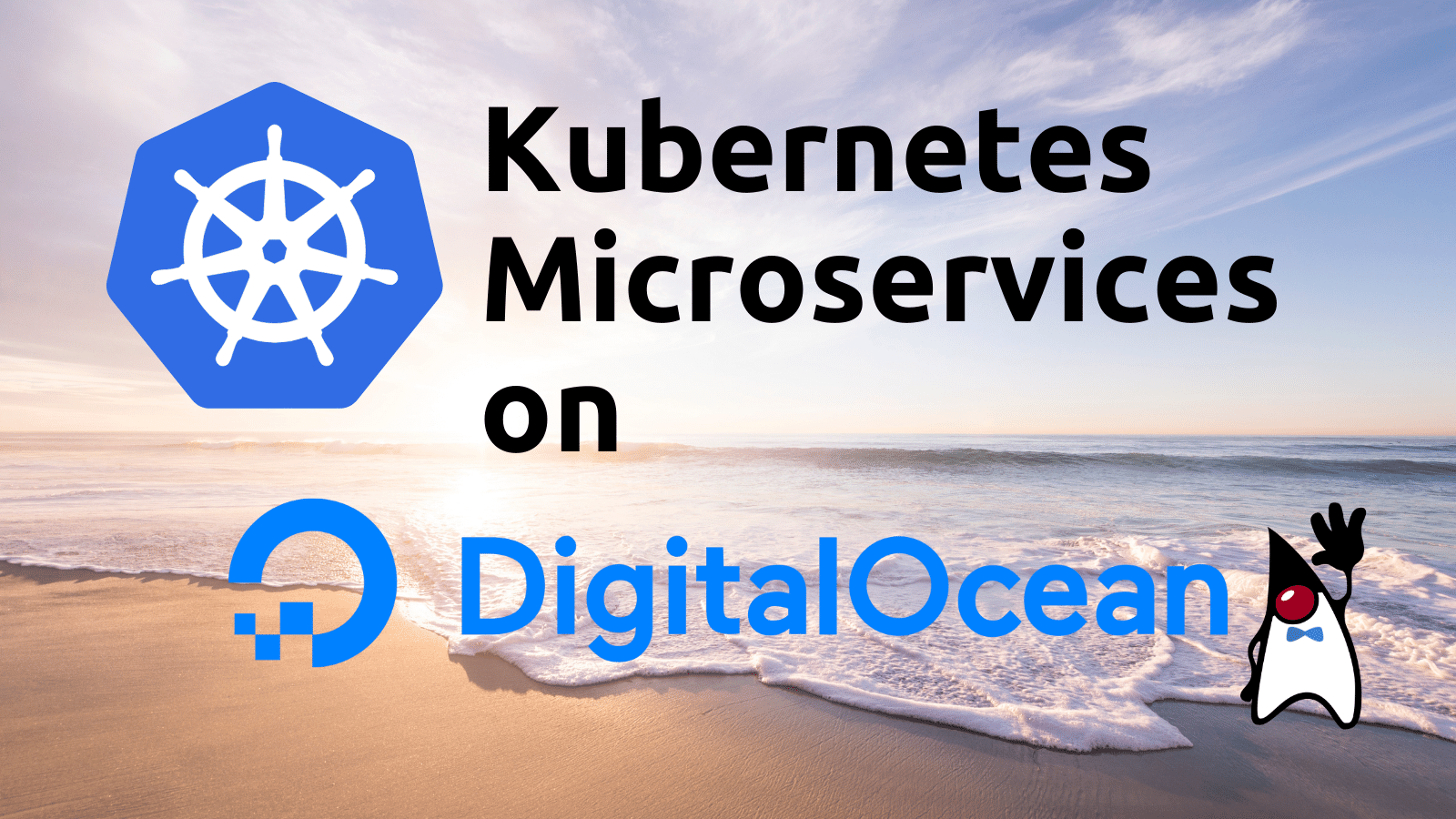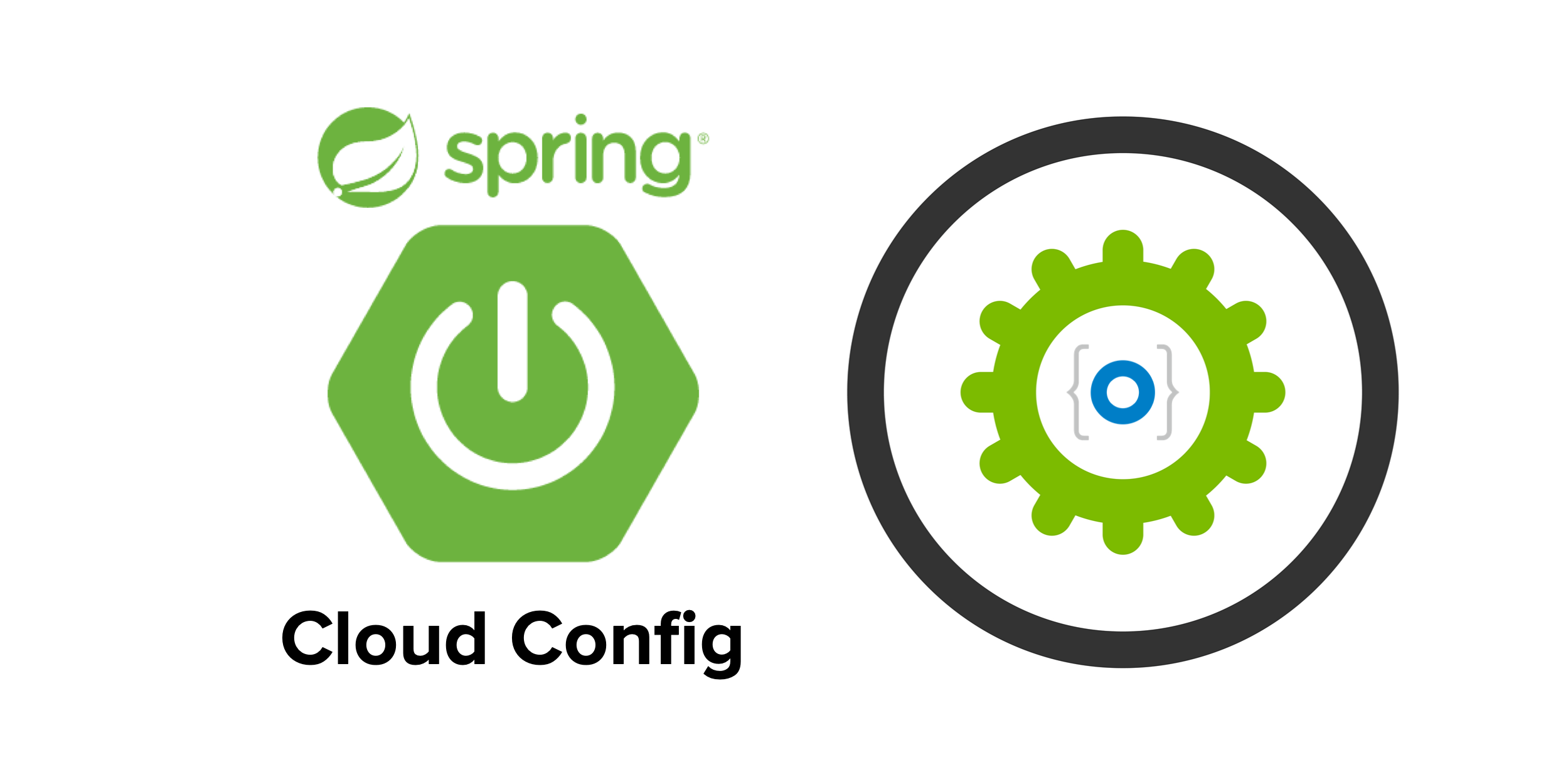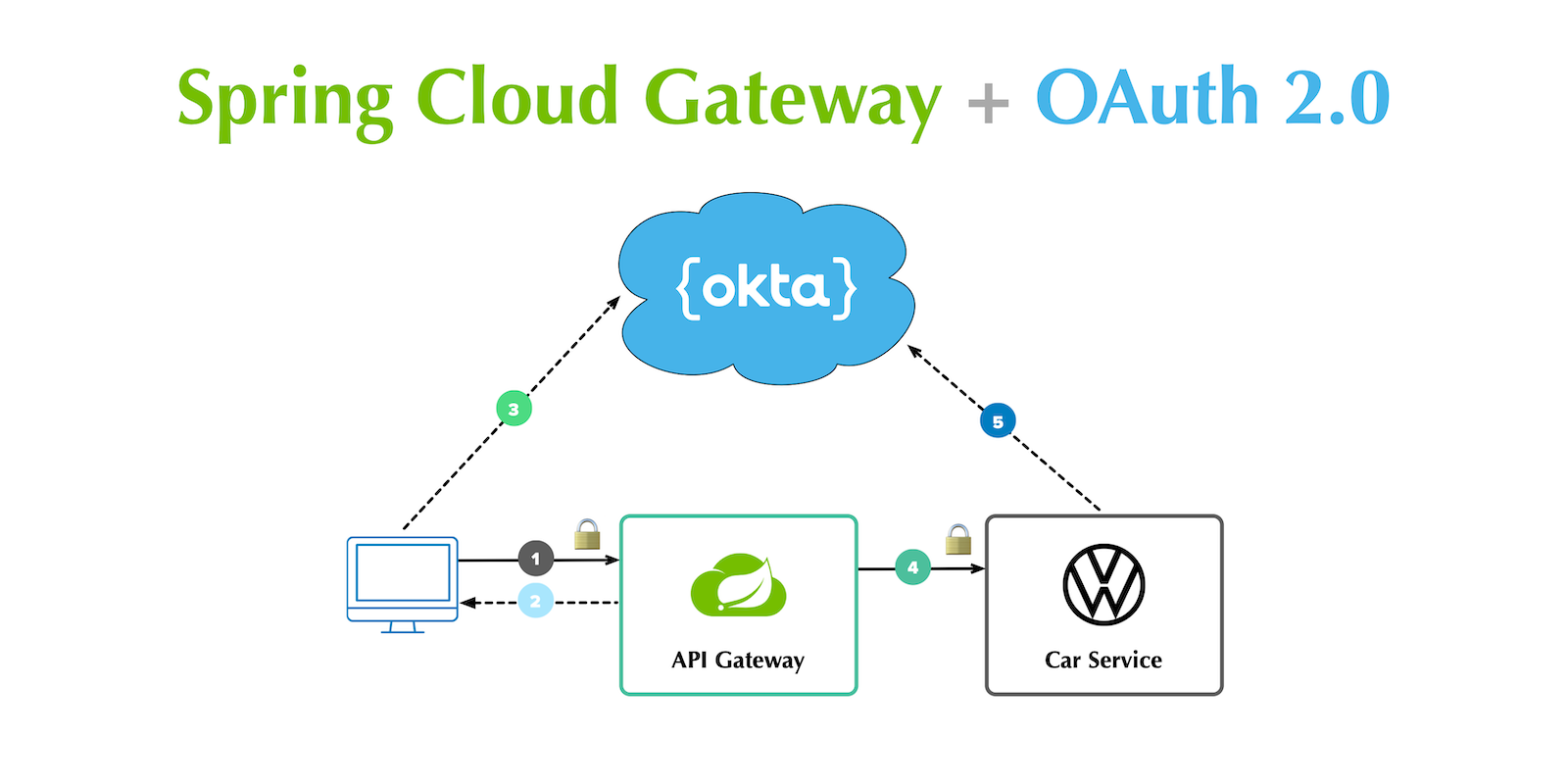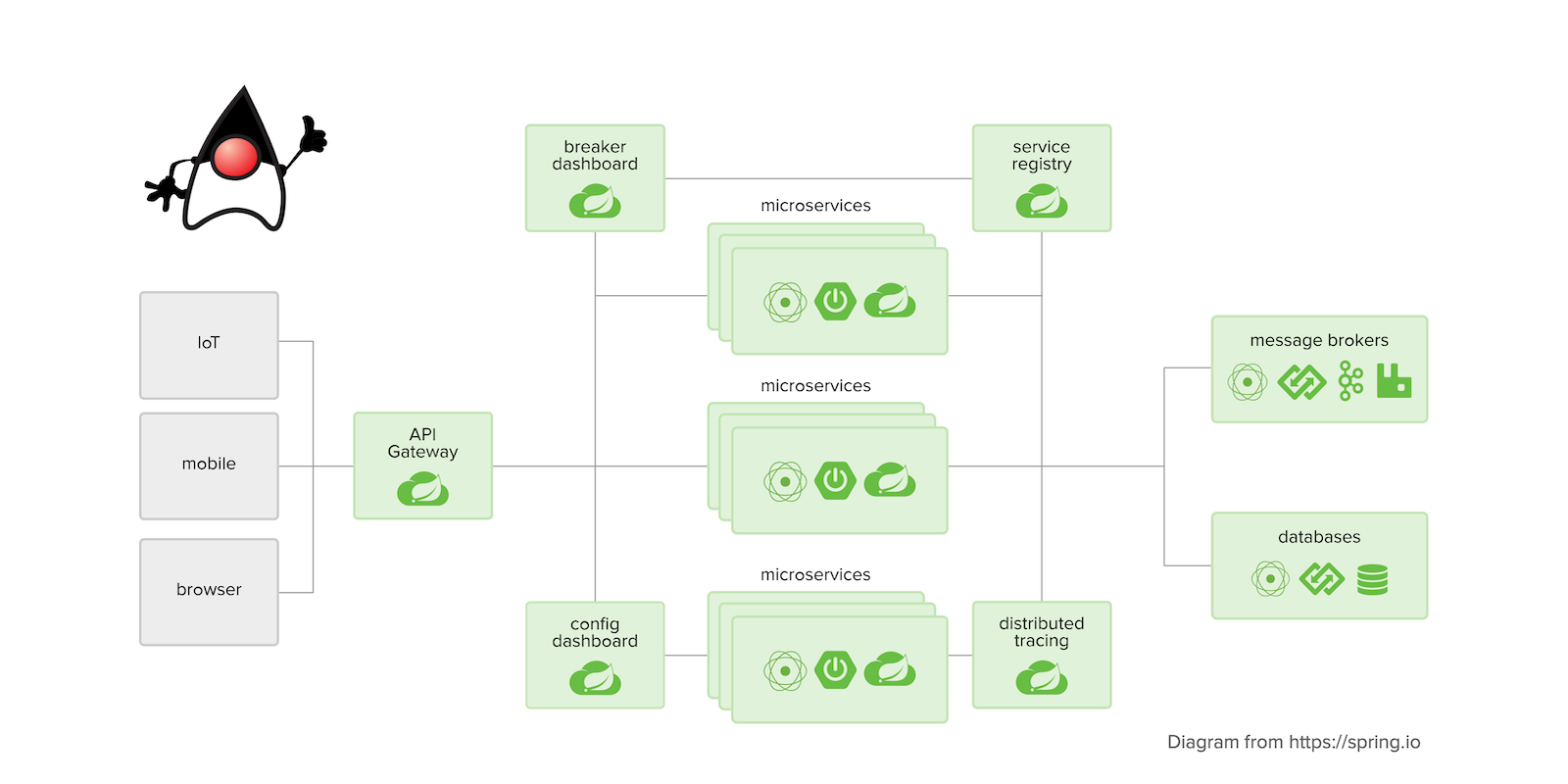Articles tagged spring-cloud
Run Microservices on DigitalOcean with Kubernetes

Cloud adoption continues to increase rapidly worldwide, and not only in the software industry. Every year more and more companies move their applications to the cloud. In the last JHipster community survey, from December 2021, participants valued JHipster’s ability to get them to production faster, and requested more tutorials on deployment to cloud platforms. DigitalOcean is among the most popular “other” cloud vendors, according to some surveys. This post is a quick walk-through of the...
Spring Cloud Config for Shared Microservice Configuration

The microservice architecture pattern, in which business functionality is distributed among many small atomic applications as opposed to one or two monolithic chunks, is very powerful and in wide use across large and small tech companies. Each piece has a narrow, well-defined task and communicates with other services via a shared channel (usually REST APIs). The benefits of adopting a microservice architecture include: Easier maintenance and development of applications: developers and teams can focus on...
A Quick Guide to Spring Cloud Stream

In this tutorial, you’ll learn how to create a Spring Cloud Stream application that interacts with a messaging service, such as RabbitMQ or Apache Kafka. You’re going to do this using functional, reactive code by utilizing Spring’s WebFlux and by taking advantage of Spring Cloud Stream’s functional binding model. You’ll create an application that contains a publisher, a processor, and a consumer. The app will use two topics to publish a stream of integers, process...
Secure Legacy Apps with Spring Cloud Gateway

One of the biggest challenges of adding OAuth 2.0 support to legacy applications is a lack of support in the underlying framework. Maybe it’s homegrown, or maybe it’s just old? Either way, migrating away from an old form-based login doesn’t need to be so painful. In this post, I’ll walk you through a low-code option using Spring Cloud Gateway and Okta. You’ll learn how to setup Spring Cloud Gateway running as a stand-alone application that...
Secure Reactive Microservices with Spring Cloud Gateway

So you wanna go full reactive, eh? Great! Reactive programming is an increasingly popular way to make your applications more efficient. Instead of making a call to a resource and waiting on a response, reactive applications asynchronously receive a response. This allows them to free up processing power, only perform processing when necessary, and scale more effectively than other systems. The Java ecosystem has its fair share of reactive frameworks, including Play Framework, Ratpack, Vert.x,...
Java Microservices with Spring Boot and Spring Cloud

Java is a great language to use when developing a microservice architecture. In fact, some of the biggest names in our industry use it. Have you ever heard of Netflix, Amazon, or Google? What about eBay, Twitter, and LinkedIn? Yes, major companies handling incredible traffic are doing it with Java. Implementing a microservices architecture in Java isn’t for everyone. For that matter, implementing microservices, in general, isn’t often needed. Most companies do it to scale...
Build Spring Microservices and Dockerize Them for Production

In this post, you’ll learn about microservices architecture and how to implement it using Spring Boot. After creating some projects with the technique, you will deploy the artifacts as Docker containers and will simulate a container orchestrator (such as Kubernetes) using Docker Compose for simplification. The icing on the cake will be authentication integration using Spring Profiles; you will see how to enable it with a production profile. But first, let’s talk about microservices. Note:...
Build a Microservices Architecture for Microbrews with Spring Boot

Adopting a microservice architecture provides unique opportunities to add failover and resiliency to your systems, so your components can handle load spikes and errors gracefully. Microservices make change less expensive too. It can also be a good idea when you have a large team working on a single product. Your project can likely be broken up into components that can function independently of one another. Once components can function independently, they can be built, tested,...